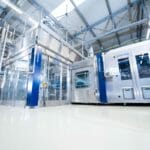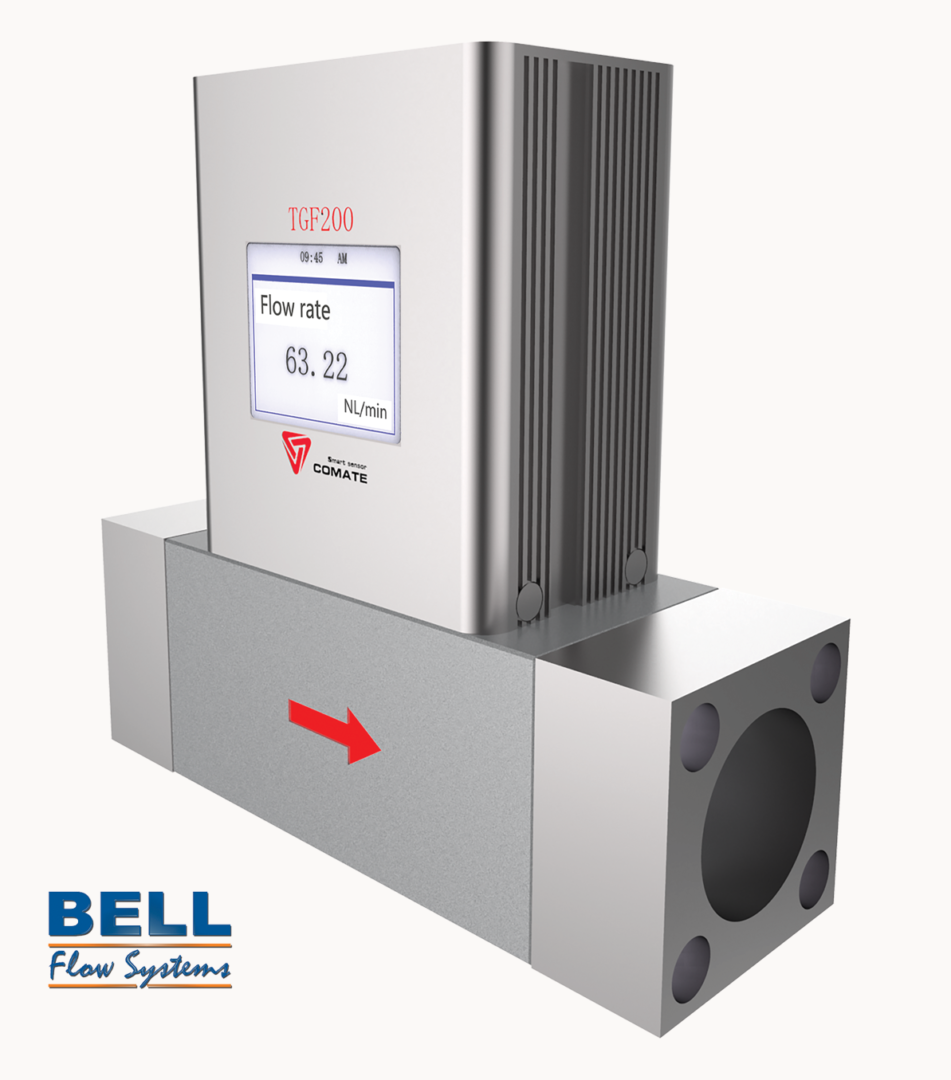We live in a world where manufacturing processes and techniques are evolving as never before, with many different influences driving change in both the technologies that we use, and the ways in which they are applied.
In certain sectors, such as automotive, there is a growing demand for vehicle customisation, meaning that higher levels of flexibility are required to deliver the choices that customers make. In other sectors, such as consumer electronics, product lifecycles are becoming shorter as companies compete for market share through the introduction of new product variants.
Add to this the emergence of new high-performance materials, and the challenges for manufacturers are multiplied, as they strive to identify the production processes that will not only meet the demands of today, but also have the capability and flexibility for future production needs.
Laser manufacturing has undoubtedly become one of the most precise and powerful cutting, marking and machining tools available to manufacturers in recent times. The inherent flexibility of laser systems as a non-contact multi-process technology, capable of working with a vast range of materials, will ensure that laser technology will remain at the forefront of tomorrow’s digital manufacturing processes.
Although a highly flexible technology in itself, many industrial laser systems are designed and optimised to fulfil a specific process, delivering high performance within a narrow application range. Others claim multiple capabilities, but deliver lower overall performance levels, since they are not particularly suited to or optimised for any one task.
In contrast, the systematic approach taken by Universal Laser has always been to deliver the highest levels of quality, accuracy and repeatability across the broadest range of material types, with no compromise in performance. This inherent flexibility ensures that users are able to configure and fine-tune their laser system for the broadest range of tasks.
These characteristics are essential attributes for the growing number of instances where flexibility is becoming the key word, as perhaps batch sizes become smaller, the range of materials to be processed expands, or indeed where the laser system will be required to perform more than one process. This is definitely a growing trend within several industrial sectors where OEM’s are placing greater demands for flexibility on their supply chain partners. Also for those working within the research & development, product development and prototyping environments, it is essential that they have the flexibility to configure and, if required, re-configure their laser system to enable the development of a production ready process.
In addition, there are those who may be seeking to introduce laser technology for the first time. For them it is essential that the system they choose has the capability to meet not only their current needs, but have the capability to be easily and quickly re-configured to accommodate future requirements. The rapidly changing nature of manufacturing tasks require a laser solution that can be specified and configured to address the unique criteria required for any given application, if users are to achieve the best results. A package that allows the user the ability to quickly changeover production to new materials, processes or part designs will be the optimum solution for many.
Universal Laser Systems David Richter explains how the company’s philosophy of designing highly modular solutions
has never been more relevant. “It’s essential that companies purchasing manufacturing equipment within today’s dynamic business environment are able to maximise the return on their investment. This is true regardless of whether the system is to be employed in a prototype or R&D environment, or whether it is to be used as a production tool. In order to achieve this objective, the manufacturing tools, including laser technology, must be adaptable to changing needs as their business evolves, and this is where the modular flexibility of Universal
Laser products comes into its own.”
Users are able to select from a comprehensive range of laser system platforms which can be configured with a variety of options and patented technologies. The platforms can be equipped with fiber and CO2 laser sources for wide material compatibility, interchangeable optical configurations for laser beam control, choices on cutting / vacuum tables to suit different applications, and much more.
Universal Laser Systems is the only laser system manufacturer that offers Rapid Reconfiguration™. This patented technology allows users to switch laser sources to match their changing requirements, without the need for tools or any specialist training. Depending upon platform model, there are options on laser wavelength (CO2 10.6μm, CO2 9.3μm, or fiber 1.06μm), in addition to a choice of laser power from 10W to 500W – when combining dual 250W laser sources. There is also the capability in certain platforms for dual or multiple laser sources. At its core, Rapid Reconfiguration™ allows users to very easily install and reinstall any ULS laser source onto any ULS laser system. Because certain wavelengths and peak power levels are ideal for certain materials and applications, this feature allows for unprecedented flexibility in laser processing.
The company’s newest platform, the highly flexible and easily customisable ULTRA 9 is able to accommodate up to three laser sources, comprising of two interchangeable CO2 lasers and one fiber laser. When the platform is configured with three lasers, users can take advantage of MultiWave HybridTM technology enabling up to three wavelengths – 9.3µm, 10.6µm, and 1.06µm – to be simultaneously combined into a single coaxial beam. Each spectral component of the beam is independently controlled and can be modulated in real time.
The system, in this configuration, is ideally suited for use with multi-layered composite materials. If required, each laser can also be used independently for components that may require multiple consecutive processes using different wavelengths. The capability for such diversity in configuration is matched by the ease with which laser sources can be interchanged, a valuable asset for those using the laser systems in a demanding production environment.
Additional flexibility can be achieved through the use of a patented Class 4 Conversion Module, which is available as an option. This makes it possible for the user to quickly and easily convert a laser system between fully enclosed Class 1 operation, and open Class 4 operation.
This allows the user to place oversized objects in the laser system for laser material processing or pass continuous objects such as rolls of material or conveyor systems through the laser system. In the standard Class 1 configuration, work envelopes range from 406mm x 305mm x 102mm to 1219mm x 610mm x 305mm, offering the capability to process a wide range of component sizes.
Universal Laser’s David Richter continues: “In addition to offering a comprehensive range of platforms, laser sources and peripherals, ULS systems provide the functionality that enables the user to precisely manipulate parameters such as wavelength selection, laser beam positioning speed, rate of energy delivery and air assist to achieve the highest degree of processing control. The ability to truly fine-tune the process for each material and application not only boost the flexibility of the laser system, but allows the user to consistently achieve higher accuracy and quality.”
Bolstering the core technology is the company’s materials library, widely recognised as the world’s premier source for information on laser material processing for cutting, marking and machining.
This comprehensive and continually evolving database provides users with details on the recommended configuration for their laser system to process a specific material and obtain the optimum results.
These technologies and innovations developed by Universal Laser Systems continue to provide a competitive advantage for manufacturing companies of all sizes, who are seeking to keep pace with the dynamic nature of today’s business environment by future proofing their manufacturing and production processes.
Their continual commitment to improving laser technology allows users to benefit from laser systems that deliver high performance for the broadest range of material applications
“David Richter – Engineering Product Manager – for Universal Laser Systems Inc. explains why flexible laser systems will play an increasingly important role in both future product development and manufacturing.”







